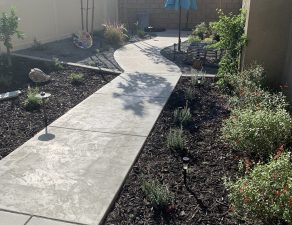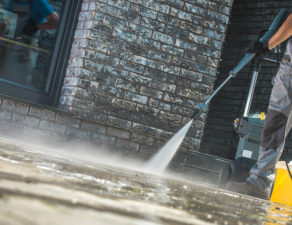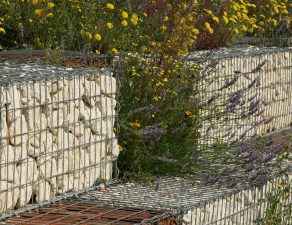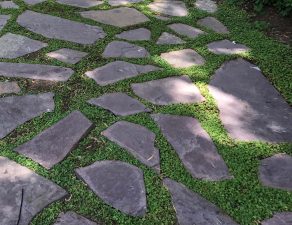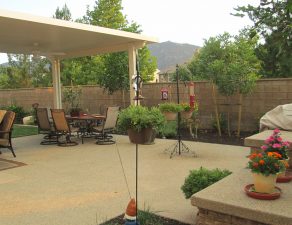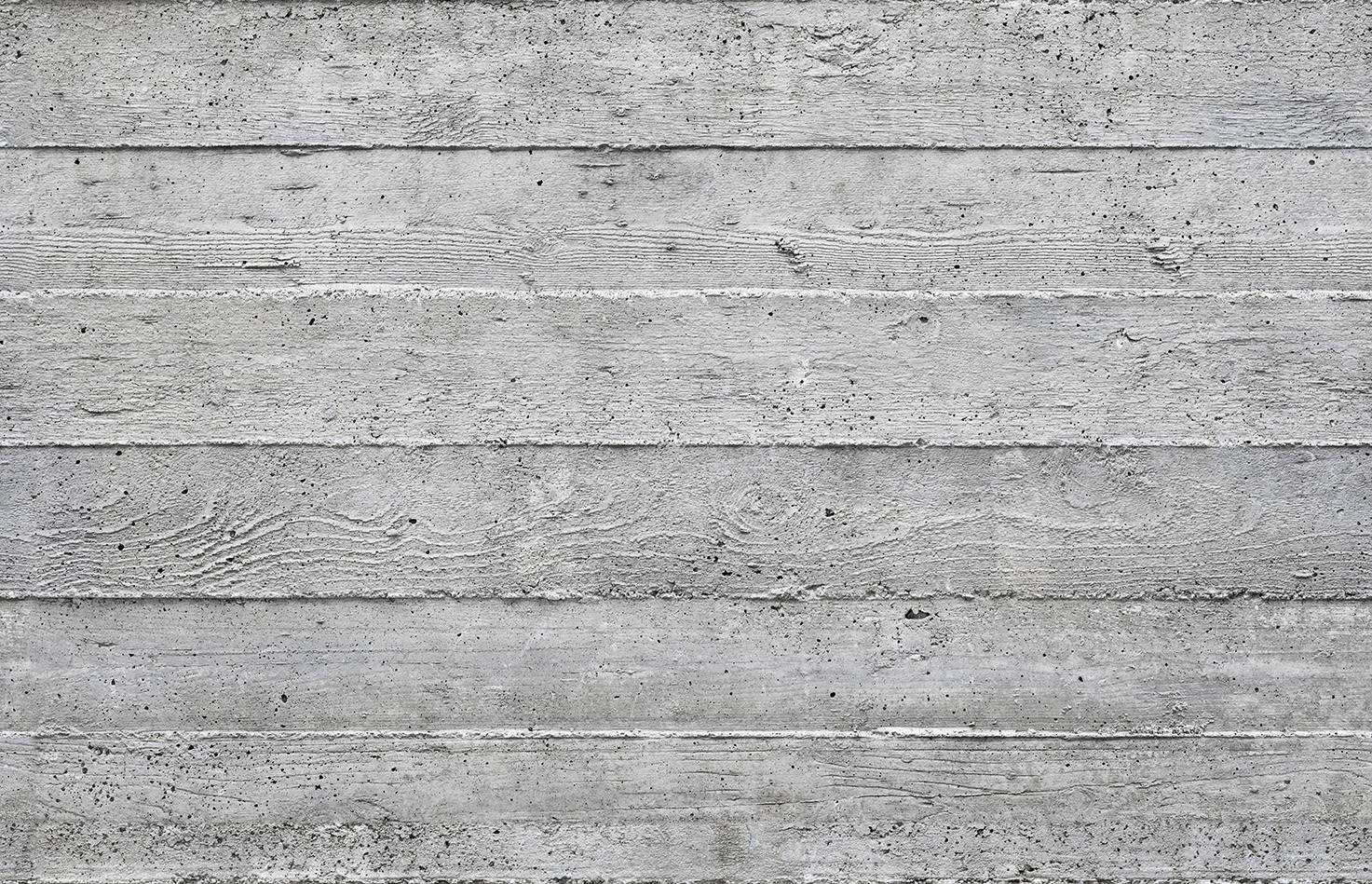
If you need to build a wall or other concrete structure on your property (like the wall of a BBQ or a firepit, for example), one of the first decisions you will make involves poured walls versus block. There are definitely reasons to support either choice, but let’s examine why poured concrete often has an edge over block-built structures.
How is a poured wall constructed? Essentially, the crew first builds a form from lumber, and then the concrete is poured into it. If steel reinforcement is desired, vertical rods will be placed at intervals before the concrete is poured. After the concrete cures the forms can be removed.
Is a poured wall stronger? Many people assume that a poured wall is stronger, but the strength of a wall can depend upon many variables such as thickness, height, reinforcement, and so on. What we can definitely tell you is that a reinforced wall of any type is always stronger than a non-reinforced wall.
In general, however, a poured wall will resist cracking better. Reinforce it with steel, and it will stand up to significant force.
Is a poured wall faster? Speed of installation is where poured walls really shine. In many cases a contractor can build up the frame of a wall and then pour in the concrete in a single day (this depends on the size of the project, of course). The concrete will need to cure for some time, before any additional work can be performed. Still, you might prefer this process to building a wall block by block.
Are there aesthetic differences? Yes! Poured concrete walls can be finished in a variety of patterns, such as brick or stucco, so that you can match the structure to the rest of your home if desired. If the natural wood pattern is used, the effect can be a great rustic or Pacific Northwest style feature for your landscape.
Poured concrete is versatile. Other than walls, poured concrete can be used to construct a variety of structures such as barbecues, fire pits, and more. Before you begin your construction project, let’s discuss poured concrete to see if it might be a better fit for your functional or design needs.


